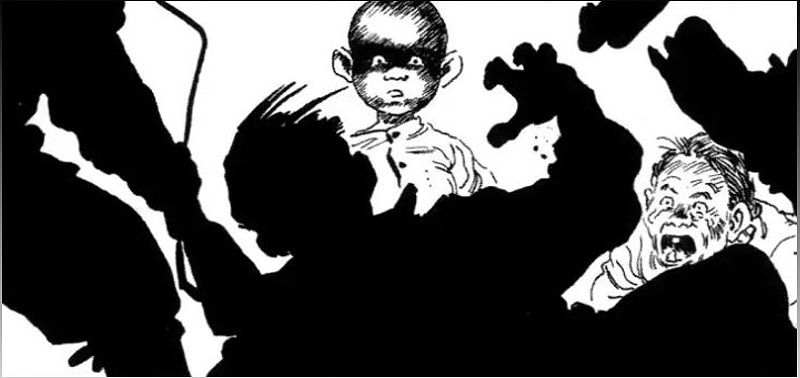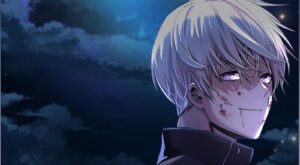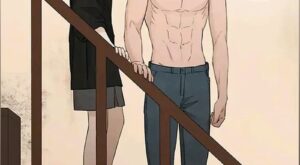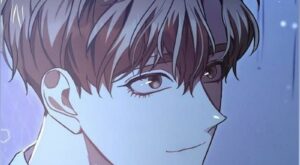Buja’s Diary: A Poignant Exploration of Korean Humanity

Se-yeong O’s ‘Buja’s Diary’ offers a deep and introspective look at the cultural and historical struggles of the Korean people, inviting readers to reflect on their own morality and emotional responses.
Exploring the Poignant Humanity of Korean Culture
Se-yeong O’s ‘Buja’s Diary’ offers readers a deep and introspective look at the cultural and historical struggles of the Korean people. With no subject considered taboo, O’s collection of thirteen thought-provoking stories invites readers to reflect on their own morality and emotional responses.

( Credit to: Asianmoviepulse )
What sets Se-yeong O’s work apart is his ability to present mini tragedies in a way that elicits strong emotional responses from readers. As a benevolent observer, O allows each story to unfold naturally, compelling readers to examine their own values and reactions to the characters’ predicaments. The success of these stories lies in their ability to make the characters relatable and empathetic, transcending cultural and regional boundaries.
Themes such as poverty, lineage, family, and cultural isolation resonate universally, making the stories accessible to a wide audience. While each story may be considered a tragedy, there is a depth within each narrative that calls for introspection and change. One standout story, ‘Tear Gas,’ beautifully captures the hopes of generations and how perspectives can evolve over time. However, every story in ‘Buja’s Diary’ has the potential to provoke self-reflection and evoke a poignant response from readers.
A Visual Journey through Korean Humanity
Spanning several years, ‘Buja’s Diary’ showcases Se-yeong O’s experimentation with visual styles. While O maintains a traditional and conservative approach to paneling, his artwork exhibits depth and a willingness to experiment. O’s illustrations explore different styles throughout the collection, showcasing his ability to capture motion and add a cinematic quality to the panels.
In the story ‘Escape,’ O ventures into a nightmarish vision of cultural decline, depicting savages and decaying buildings. This segment highlights his willingness to experiment while maintaining his eloquent expression of humanity. O’s mastery of capturing both emotional and physical motion adds depth and enhances the overall visual experience of the manhwa.
O’s adherence to a more novel-like format in an era where many comics embrace unconventional structures lends a sense of familiarity to ‘Buja’s Diary.’ This approach may attract readers who are new to the genre and reflects O’s literary influences. His ability to experiment with visual styles while maintaining a grounded humanity sets ‘Buja’s Diary’ apart in the comic genre.
Resonating Emotions and Universal Themes
‘Buja’s Diary’ presents deeply tragic stories that elicit a visceral response from readers. O’s eloquent and beautiful handling of the content transcends cultural boundaries and bridges the gap between unfamiliar cultures through the universal language of humanity. This emotionally engaging work lingers long after reading, appealing to both comic book enthusiasts and literary fans alike.
Se-yeong O’s ability to explore the cultural and historical struggles of the Korean people with sensitivity and depth is what makes ‘Buja’s Diary’ a poignant and thought-provoking read. Whether familiar with Korean history and culture or not, readers are invited to reflect on their own morality and emotional responses through relatable characters and universal themes. I highly recommend giving ‘Buja’s Diary’ a chance to experience the emotional journey it offers.




